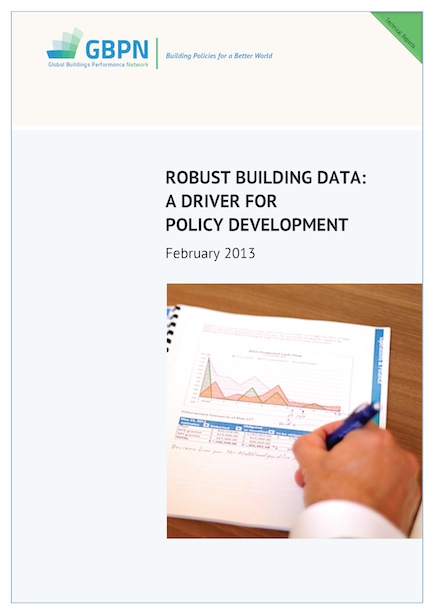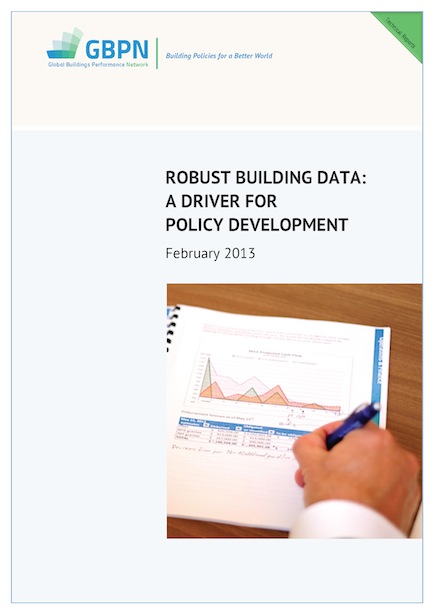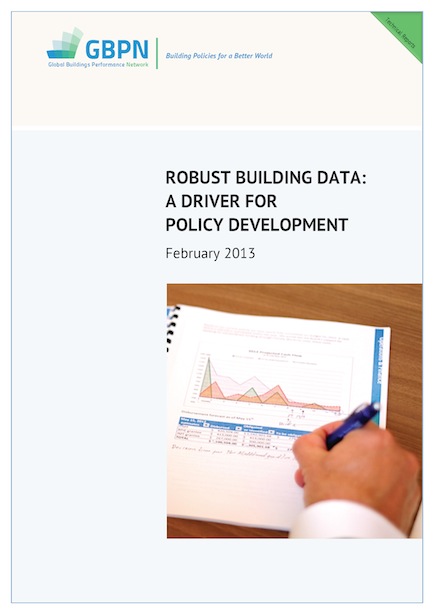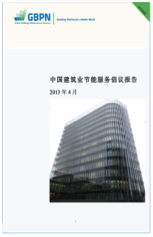印度建筑的减排潜力
 可靠证据表明,至2050年印度建筑领域会产生巨幅能源增长,基于此估测,本报告分析了印度目前建筑节能减排的政策框架及其节能潜力。
可靠证据表明,至2050年印度建筑领域会产生巨幅能源增长,基于此估测,本报告分析了印度目前建筑节能减排的政策框架及其节能潜力。
16 result(s) found
 可靠证据表明,至2050年印度建筑领域会产生巨幅能源增长,基于此估测,本报告分析了印度目前建筑节能减排的政策框架及其节能潜力。
可靠证据表明,至2050年印度建筑领域会产生巨幅能源增长,基于此估测,本报告分析了印度目前建筑节能减排的政策框架及其节能潜力。
 本报告就四个地区数据质量和数据的可利用性问题进行了分析,同时也提醒了我们需要完成多少工作才能建成一个强大而全面的建筑数据库,并提出了实现这个数据库的可行性建议。
本报告就四个地区数据质量和数据的可利用性问题进行了分析,同时也提醒了我们需要完成多少工作才能建成一个强大而全面的建筑数据库,并提出了实现这个数据库的可行性建议。
 本报告就四个地区数据质量和数据的可利用性问题进行了分析,同时也提醒了我们需要完成多少工作才能建成一个强大而全面的建筑数据库,并提出了实现这个数据库的可行性建议。
本报告就四个地区数据质量和数据的可利用性问题进行了分析,同时也提醒了我们需要完成多少工作才能建成一个强大而全面的建筑数据库,并提出了实现这个数据库的可行性建议。
 Data Annex
Data Annex
Discover where things stand regarding building energy data quality and availability in our four regions, this report reminds us of how far we have to go before a robust and comprehensive set of building data is in place and provides some recommendations of how we can get there.
 The Economist Intelligence Unit (EIU) report "Achieving scale in energy-efficient buildings in India: A view from the construction and real estate sectors" commissioned by the GBPN explains the challenges and opportunities of investing in energy efficiency in buildings in India.
The Economist Intelligence Unit (EIU) report "Achieving scale in energy-efficient buildings in India: A view from the construction and real estate sectors" commissioned by the GBPN explains the challenges and opportunities of investing in energy efficiency in buildings in India.
 A report from the Economist Intelligence Unit (EIU), commissioned by the GBPN finds that while India’s commercial building sector has blazed the energy-effiency trail in the building sector, achieving significant scale will depend on efficiency measures becoming standard practice in the commercial middle market, retrofit and, particularly, the residential building segment.
A report from the Economist Intelligence Unit (EIU), commissioned by the GBPN finds that while India’s commercial building sector has blazed the energy-effiency trail in the building sector, achieving significant scale will depend on efficiency measures becoming standard practice in the commercial middle market, retrofit and, particularly, the residential building segment.
 Executive Summary
Executive Summary
GBPN conducted a study on the factors affecting the use of ESCO models for the retrofit of existing buildings in China, identifying current barriers to the development of the Chinese ESCO market, while also researching best-practice examples of ESCOs globally and investigating the feasibility of introducing those examples to China.
Buildings are the focus of European (EU) policies aimed at a sustainable and competitive low-carbon economy by 2020. Reducing energy consumption of existing buildings and achieving nearly zero energy buildings (NZEBs) are the core of the Energy Efficiency Directive (EED) and the recast of the Energy Performance of Building Directive (EPBD). To comply with these requirements, Member States have to adopt actions to exploit energy savings from the building sector.
This paper reviews empirical data from evaluations of the influence of residential energy efficiency retrofits on indoor environmental quality conditions and self-reported thermal comfort and health. Data were extracted from 36 studies described in 44 papers plus two reports. Nearly all reviewed studies were performed in Europe or United States. Most studies evaluated retrofits of homes with low-income occupants. Indoor radon and formaldehyde concentrations tended to increase after retrofits that did not add whole-house mechanical ventilation.
This paper aims to review the state of the art technologies for the energy efficiency within the hospitals sector. Hospitals are liable for an unstable amount of energy demand and joint emissions, because of their 24/7 nature of operation and hence resulting larger energy consumption than a typical commercial building. Additionally, they need high quality and warranted supplies of electricity. Due to increased energy demand and therefore the depletion of existing fossil fuel based sources, it is required to use the energy more efficient.
Naturally ventilated buildings have been worldwide increasingly welcomed, given the current global awareness toward environmental sustainability, indoor health-quality and renewable energy. As Natural Ventilation (NV) performance relies on building design and interaction with the local environment, its potential benefits are not always easy to take advantage of, and thus sets up a vital field of study. This paper provides an overview of investigations on the subject by collecting researches focused on thermal comfort, energy efficiency and indoor air quality.
Nearly zero energy buildings (NZEBs) constitute one of the main pillars of the energy policy of European Union (EU). Greece has recently established a clear definition for NZEB, however the interdependence between cost-optimality and the energy performance of NZEB has not been adequately studied. The present work includes a cost effectiveness analysis among different energy efficiency interventions for the existing residential Greek building stock.
Sustainable development in the building sector requires the integration of energy efficiency and renewable energy utilization in buildings. In recent years, the concept of net zero energy buildings (NZEBs) has become a potential plausible solution to improve efficiency and reduce energy consumption in buildings. To achieve an NZEB goal, building systems and design strategies must be integrated and optimized based on local climatic conditions. This paper provides a comprehensive review of NZEBs and their current development in hot and humid regions.